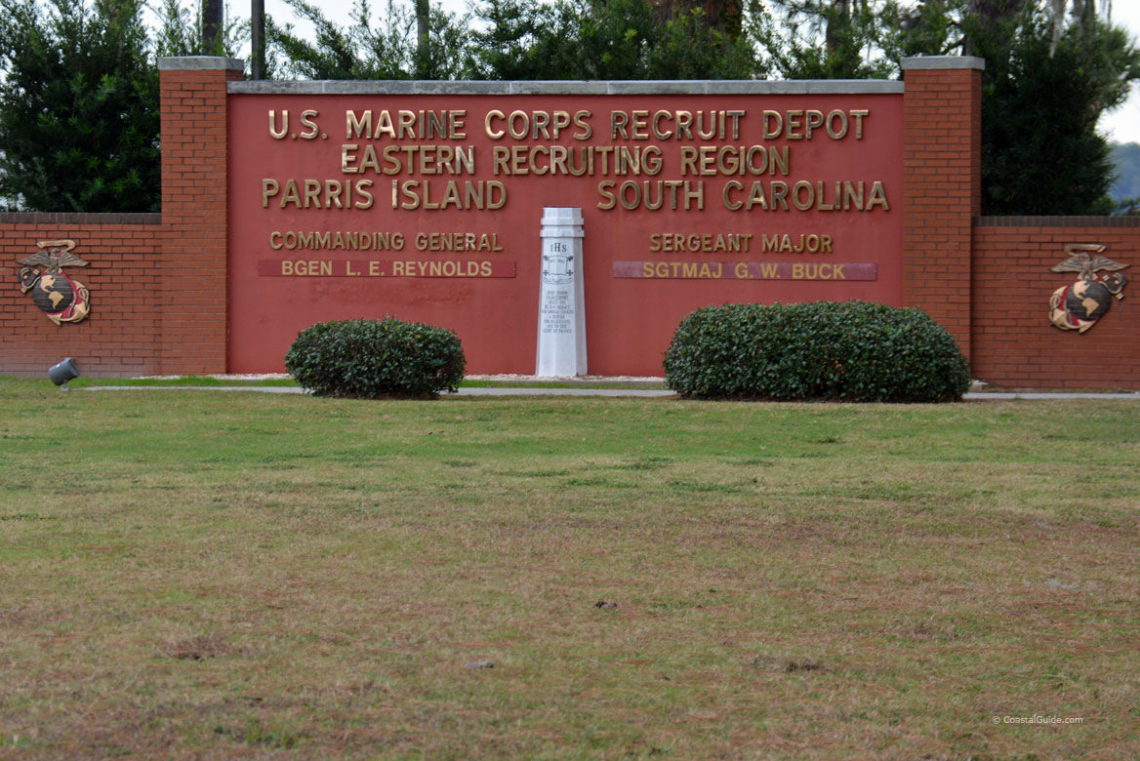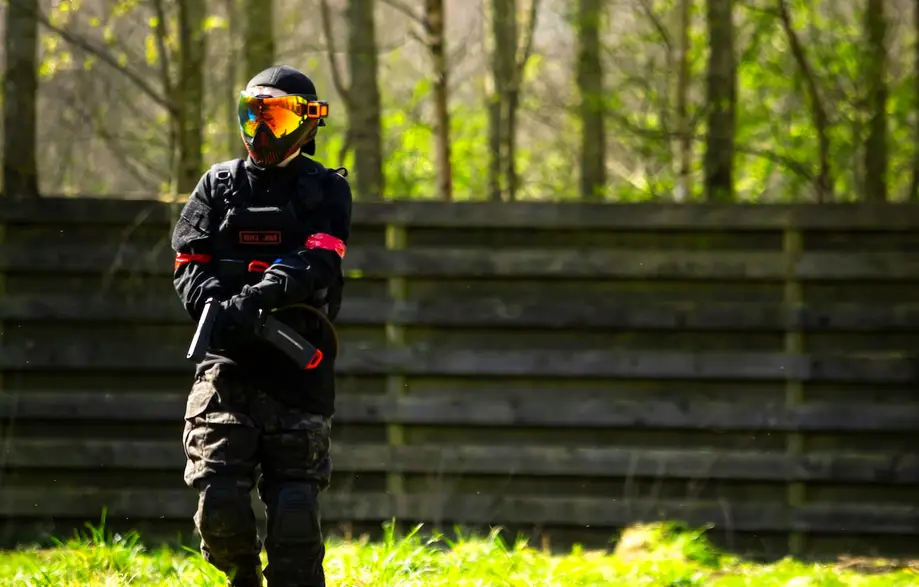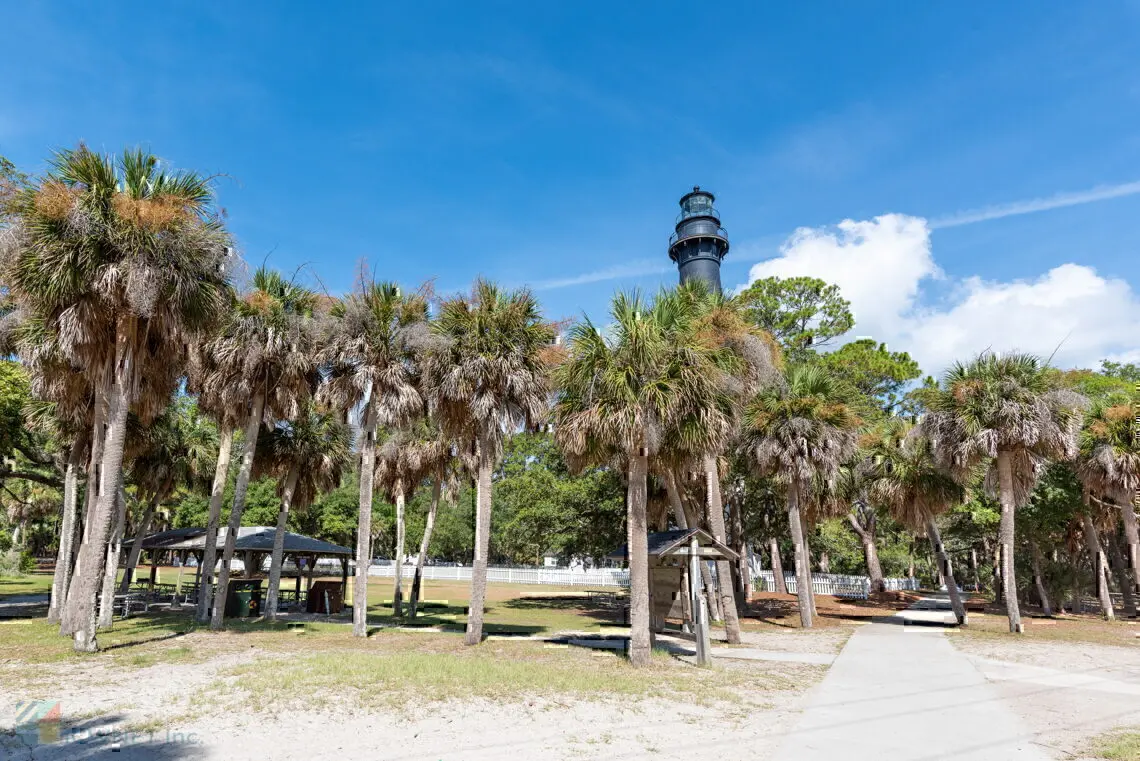The Parris Island Marine Corps Base is easily one of the most recognizable marine corps bases in the country, if not the world, even though it is located on a small and undeveloped island on the outskirts of coastal South Carolina.
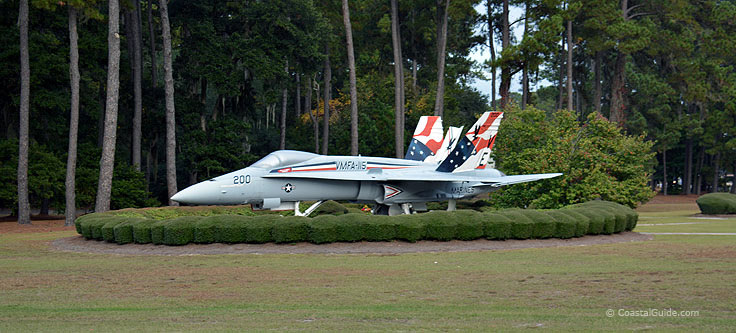
An American and South Carolina institution since it was established well over a century ago, the base serves as the training grounds for thousands of new recruits every year, and is the considered the gateway for a seemingly unending number of prestigious and honorable military careers.
The Parris Island Marine Corps Base, known formerly as Marine Corps Recruit Depot Parris Island, and known more commonly by its initials, MCRD PI, is an expansive station that's located on, appropriately enough, Parris Island. Just five miles south of the city of Beaufort, the base serves as the initial training grounds for all male Marine recruits who live east of the Mississippi River, and all the female Marine recruits in the nation.
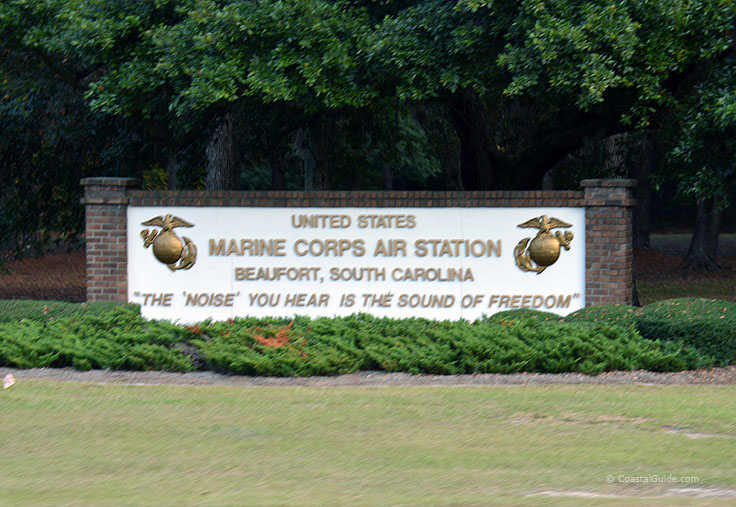
The station has a surprisingly long history that runs parallel to Parris Island itself, and the site of the current station was the original settlement point of French explorers, followed by Spanish conquistadors, and finally the English settlers who would remain for centuries. The landscape was once lined with plantation homes and cotton fields instead of drill sergeants, and was only changed with the onset of the Civil War, when Union Troops, who landed on the island via the Port Royal Sound in 1861, took over the region. The island and the site of the station itself became a coaling station for the United States Navy, a function which was continued in the years that followed the war by a former slave turned new United States Congressman, Robert Smalls.
In addition, Congressman Smalls lead an initiative to create a new federal military installation on the island, and his efforts were realized in 1891, when Mariners were first stationed at the desolate Lowcountry isle. This first group was a small once, a minor security detachment, which was headed by First Sergeant Richard Donovan, who was affiliated with the neighboring Port Royal military base. Though seemingly inconsequential when first deployed to the small island, Donovan and his troops were soon commended for their efforts to save lives and preserve property during the wave of hurricanes that affected the area from 1891 until 1893.
Soon after the Great Hurricane ripped through the area in 1893, a number of homes and military buildings were constructed in the area, and development continued until the onset of World War I. Many of these early structures, in fact, can still be admired in the Parris Island Historic District, where the Parris Island Dry-dock and Commanding Generals House are the highlight of the scene, and are listed on the National Register of Historic Places.
After this long period of growth, Parris Island was officially designated as a Marine Corps Recruit Depot and training station on November 1, 1915, and from that point on, thousands of new recruits would begin their careers and their service to the country at the station. At the time the Depot was established, a ferry would provide transportation for these new Marines, depositing them on the shores of the island, far away from the rest of the world, but in 1929, a causeway was built over Archer's Creek, allowing vehicular access from that point on. (A larger causeway, the General E. A. Pollock Memorial Causeway, would be built decades later in 1984.)
After the World War II bombing of Pearl Harbor, more than 5,000 recruits reported to the station to serve their country, which required the hastily constructed addition of 5th, 6th, 7th and 8th Recruit Training Battalions. During World War II, in fact, the base surged and trained over 204,000 new recruits who were eager to fight in the war.
After the war ended, the Marines activated a separate "command," or station, for the sole purpose of training female recruits who were suddenly becoming more prevalent in the military. Added in February in 1949, the command soon became the 4th Recruit Training Battalion, the only all-female unit in the Department of Defense, and the station has since become the sole training station for all new female Marines.
Today, the Parris Island Marine Corps Base trains an estimated 17,000 new military personnel every year, in an intensive 13-week course where marines are cut off from the rest of the world, and are drilled in the sometimes humid and unforgiving marshy, Lowcountry environment. This far-reaching reputation as the gateway for marines has earned Parris Island an infamous reputation than spans the media and arts community, and the island is mentioned or featured in a number of classic songs, television series, and even movies. Simon and Garfunkel and Billy Joel both reference the station is their songs "Wednesday Morning, 3 A.M." and "Goodnight Saigon," respectively, and the station was prominently featured, (and not in a flattering light), in the Stanley Kubrick classic, Full Metal Jacket.
Despite its varied reputation, however, the Parris Island Marine Corps Base has successfully trained thousands of marines in its surprisingly long history, who have gone on to serve in every major military conflict of the 20th century. It's estimated than approximately 41,000 World War I veterans, 204,000 World War I veterans, 135,000 Korean War, and 250,000 Vietnam War veterans all got their start at tiny Parris Island.
Visitors heading to the Marine base for a loved one's graduation, or just to tour the terrain, will need to have a valid driver's license, proof of auto insurance, and a valid registration to access the site. A Visitor's Center is located close to the entrance to guide newcomers on their way to various portions of the station, and Parris Island Marine Corps Base is estimated to be the most visited US military station in the world, with more than 120,000 civilians coming to the station every year.
Most coastal visitors will have no need to tour or visit the expansive Parris Island Marine Corps Base, but the station still remains as one of the most prestigious, and most recognized, stations in the country. Despite its locale on a small section of South Carolina's Sea Islands, the MCRD PI has nevertheless had an incalculable effect on American history, serving as the training grounds for hundreds of thousands of new marines throughout the decades. A point of American pride, and a sometimes infamous Lowcountry destination, Parris Island adds an element of both notoriety and national importance to the otherwise laid-back and leisurely coastal South Carolina.
Vintage View River Retreat
Book a fun and relaxing date with nature that’s sure not to be forgotten! Duration 4-6 hours Location This event will start and end at: Upper Pacolet Shoals Take Out 1545 Sunny Acres Road Pacolet, SC 29372 About Whether you're a...
Red Oak Airsoft & Paintball
Book your battleground today! Duration 10 - 5 About All day field pass to our field. This does not include any rental equipment. Players must have an airsoft gun that is approved by Red Oak Airsoft and Paintball along with all of the...
Tallboy Fishing Charters
Hop aboard Tallboard Fishing Charters with a local Expert! ___________________________________ Rates **Private Charter:** $1000 *Up to 6 Passengers* ___________________________________ About the Captain Make memories fishing with me, Capt...
Beautiful Hunting Island is a bit of a contradiction. Located 15 miles east of Beaufort, the island is completely isolated, with just a handful of campsites and a main Visitor's Center. Despite this fact, the island is also the most visited state...
